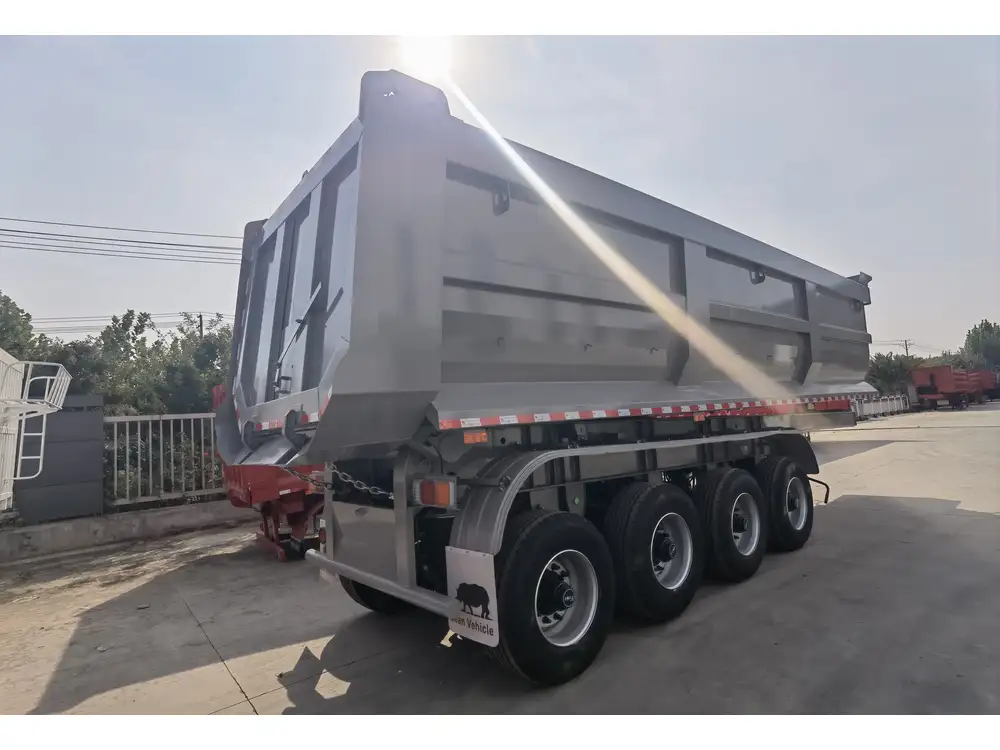When it comes to transporting agricultural products, especially hay, understanding the logistics of loading your semi-trailer efficiently can significantly enhance your operations. The primary question many farmers and transporters ask is, “How many small square bales fit on a semi-trailer?” This inquiry is vital as it directly impacts the cost-effectiveness and efficiency of your logistics.
1. Understanding the Dimensions of Small Square Bales
1.1 Standard Size of Small Square Bales
Typically, small square bales are produced in various sizes, with the most common measurements being approximately 14 inches wide, 18 inches high, and 36 inches long. However, variations do exist, and these measurements can slightly alter based on the type of hay and the baler used.

1.2 Weight Considerations
Moreover, the weight of each bale can vary, influenced by its moisture content and type of forage. On average, a standard small square bale of hay weighs around 40 to 75 pounds depending on these factors. Therefore, before loading, it’s crucial to consider not only dimensions but also total weight limits of the semi-trailer.
2. Dimensions of a Standard Semi-Trailer
To calculate how many small square bales can fit on a semi-trailer, understanding the trailer’s internal dimensions is imperative.
2.1 Standard Semi-Trailer Dimensions
- Length: Most semi-trailers have a standard length of 53 feet.
- Width: They typically measure 8.5 feet wide (102 inches).
- Height: The standard height is generally around 9.5 to 13.5 feet, depending on whether it’s a high cube trailer or a standard one.

2.2 Usable Space Calculation
Given these dimensions, the usable loading space (considering optimal loading practices) can be calculated as follows:
- Floor Area = Length x Width
(53 \text{ ft} \times 8.5 \text{ ft} = 450.5 \text{ sq ft})
This information sets the stage for our calculations.
3. Calculating Capacity: How Many Bales Fit in a Semi-Trailer?
3.1 Basic Capacity Calculation
To determine how many small square bales can fit, the volume of a single bale must first be calculated:
- Volume of One Bale = Length x Height x Width
(3 \text{ ft} \times 1.5 \text{ ft} \times 1 \text{ ft} = 4.5 \text{ cubic feet})
Now, considering loading efficiency, let’s find out how many bales will fit:
- Floor Area of Trailer (as calculated) = 450.5 sq ft.
- Loading Height: If we assume we can load the bales to a maximum height of around 6 feet safely, we can calculate the total volume as:
(450.5 \text{ sq ft} \times 6 \text{ ft} = 2703 \text{ cubic feet})
Now, calculating the number of bales that can fit:
[ \frac{2703 \text{ cubic feet}}{4.5 \text{ cubic feet per bale}} \approx 600 \text{ bales} ]

3.2 Practical Considerations for Loading
While theoretical calculations provide a significant number, practical considerations must be factored in, including:
- Weight Limitations: Ensure that the total weight (taking into account the bales’ average weight) does not exceed the semi-trailer’s legal carrying capacity.
- Weight Distribution: Properly distributing the weight as per safety regulations is paramount for stability on the road.
| Bale Weight (lbs) | Number of Bales | Total Weight (lbs) |
|---|---|---|
| 40 | 600 | 24,000 |
| 60 | 600 | 36,000 |
| 75 | 600 | 45,000 |
4. Factors Affecting Loading Capacity
4.1 Type of Hay
Different types of hay (like alfalfa, grass hay, or straw) can have varying densities which will influence their weight and, consequently, how many bales can be loaded safely in one trip.

4.2 Loading Technique
Loading techniques play a crucial role:
- Flat Loading: Bales laid flat can allow for better fitting than stacking them vertically.
- Stacking: If stacked on top of each other, not only does the trailer’s height become a limiting factor, but the stability must also be ensured to avoid shift during transit.
4.3 Local Regulations
Finally, heavy haul regulations may affect the total weight and size of loads allowed on various routes. Always check local laws before setting out.
5. Tips for Effective Loading
- Organize Your Space: Create a plan for how bales will be loaded and ensure that the heaviest bales are on the bottom.
- Use Rope or Netting: Secure the bales during transport to prevent any shifting.
- Regular Maintenance: Keep semi-trailer tires and brakes in excellent condition to handle the weight effectively.

Comparison of Loading Techniques
| Loading Technique | Pros | Cons |
|---|---|---|
| Flat Loading | Maximizes floor area | Might not utilize height efficiently |
| Stacking | Increases total number of bales | Stability concerns; potential shifting |
| Mixed Approach | Balances space and stability | Requires planning and precision |
6. Conclusion: Optimizing Your Transport Efficiency
In summary, determining how many small square bales can fit on a semi-trailer requires careful consideration of dimensions, weight, type of hay, loading techniques, and regulatory requirements. A semi-trailer can theoretically house up to 600 small square bales, assuming optimal conditions.
However, leveraging this knowledge practically involves balancing safety, weight distribution, and efficient loading techniques. By taking the time to plan your loads carefully, you can improve your logistics, reduce costs, and ensure that your bales are transported securely and efficiently.
By understanding these logistical nuances, manufacturers, farmers, and transporters can not only boost their operational efficiency but also make strategic decisions that impact their overall productivity and profitability.



